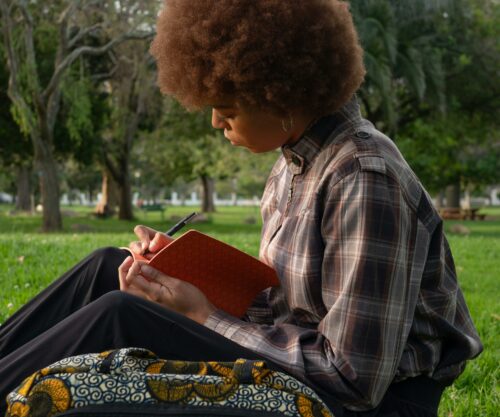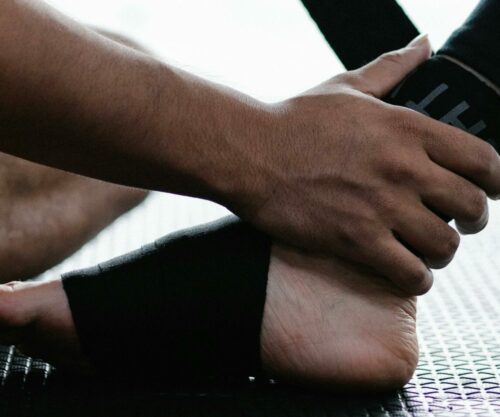
Having foot problems can really ruin one’s day. Besides suffering from the pain associated with some foot problems, a person also has to deal with the pain of having to let go of shoes that may possibly aggravate the situation.
Here are three common foot problems and their treatment according to MedicalNewsToday.
Bunions
Bunions are abnormalities of the feet that cause a bump to develop on the large toe joint. Bunions may cause inflammation and irritation on your big toe and second toe, therefore, making it hard to walk. Bunions may be aggravated by ill-fitting shoes, standing for too long, and sometimes they may be a family inheritance. Women are more likely to have bunions due to the uncomfortable feeling of some high-heeled shoes and increased pressures from narrow footwear.
-
Treatment for bunions
The first thing a person has to do is to wear properly fitting shoes without high heels. There are also bunion pads at shoe stores and chemists to help protect the bunions from extra pressure. Applying ice for 10-minute increments with a cloth-covered ice pack can also reduce inflammation. A podiatrist can also prescribe custom-made shoe inserts or a splint to straighten the big toe. A person might have to have surgery if the pain continues, and the bunion does not subside.
Corn
These are patches of thickened skin, often found on the soles of the feet or toes. They are normally painless to start with. The body forms corns to prevent blistering on your feet. Corns may not be painful at their initial starting stage. They may, however, need treatment after some time as they get more painful.
-
Treatment for corn
Over the counter corn plasters are available to use for corn treatments. If the problem is severe a doctor may recommend surgery to remove it.
Athlete’s foot
This is a fungal infection of the skin, usually found between the toes. It may also lead to an itchy, stinging, and burning feeling on the feet and toes. Wet environments such as locker rooms, public showers, and swimming pools are some of the places one may be exposed to the fungal infection. Shoes that are worn while damp may also lead to fungus formulation.
-
Treatment for athlete’s foot
Some athlete foot treatments may require a doctor’s prescription; some can be found over the counter.
Also see: What to expect after a BBL procedure




